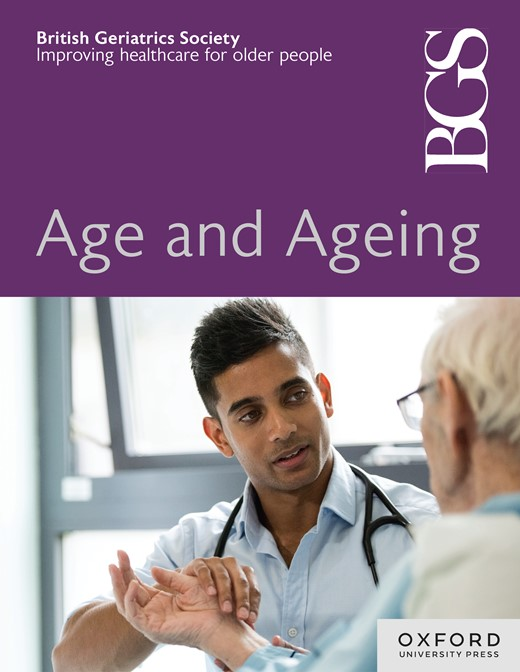3059 .对跌倒后二级医疗机构出院后初级医疗机构抗胆碱能负荷(ACB)评分的合作评价
IF 6
2区 医学
Q1 GERIATRICS & GERONTOLOGY
引用次数: 0
摘要
背景:患有多种疾病的老年人需要处方药物来控制慢性病。其中一些会引起抗胆碱能副作用,从而导致跌倒。这项工作起源于西约克郡ACB任务和完成小组,涉及二级和初级保健药剂师协同工作。其目的是:提高所有部门对ACB的认识。计算两家医院老年急性住院病房住院跌倒患者的ACB评分,如果评分在3分及以上(具有临床意义),则出院时转至初级保健复查。方法入院时,药师使用在线ACB计算器计算ACB评分。在整个住院期间对有助于ACB的药物进行了审查,在与患者和护理人员讨论后,适当减少剂量并停药。出院时,任何ACB评分仍≥3的患者都应在出院信中记录,并要求在初级保健中复查并停用抗胆碱能药物。获得使用SystmOne的同意,以便在出院后6周在二级护理中检查患者记录。结果在4周的数据收集期内,共计算ACB评分100余分。在二级护理降低ACB评分后,出院时仍有15名患者得分为3分或以上,并转至初级护理进行复查。66.67%(10/15)的患者接受了初级保健回顾。70%(7/10)的初级保健评价导致ACB评分降低。结论通过住院时ACB评分的常规计算,提高了二级护理对ACB的认识。大部分转诊是在初级保健部门进行的。通过降低ACB评分,患者受到更少的副作用和潜在降低跌倒风险。该项目由国家卫生和社会保障局在国家范围界定工作中确定,并在药品安全范围界定审查中进行了分析。本文章由计算机程序翻译,如有差异,请以英文原文为准。
3059 Collaborative reviews of anticholinergic burden (ACB) scores in primary care following discharge from secondary care after a fall
Background Older adults with multimorbidity are prescribed medicines to manage chronic conditions. Some of these cause anticholinergic side effects which can lead to falls. Introduction This work originated from the West Yorkshire ACB Task and Finish Group and involved pharmacists in secondary and primary care working collaboratively. The aims were: To raise awareness of ACB across all sectors. To calculate the ACB scores for patients admitted with falls on acute elderly admission wards in two hospitals and refer to primary care for review on discharge if the score is 3 or more (clinically significant). Method On admission, the pharmacist calculated the ACB score using an online ACB calculator. Medicines contributing to ACB were reviewed throughout the hospital stay reducing doses and stopping medicines where appropriate following discussion with patients and carers. Any ACB score still ≥3 on discharge was documented in the discharge letter with a request to review and deprescribe anticholinergic medicines in primary care. Consent to access SystmOne was obtained so patient records could be checked in secondary care 6 weeks post discharge. Results Over one hundred ACB scores were calculated during the 4-week data collection period. After reduction of ACB scores in secondary care, 15 patients still scored 3 or more on discharge and were referred to primary care for review. 66.67% (10/15) of patients referred received a primary care review. 70% (7/10) of primary care reviews resulted in reduced ACB scores. Conclusion Awareness of ACB in secondary care was raised through routine calculation of ACB scores on admission. A high proportion of referrals were actioned in primary care. By reducing ACB scores patients were subjected to less side effects and a potentially reduced falls risk. This project was identified by NHSE in a national scoping exercise and analysed in a medicine safety scoping review.
求助全文
通过发布文献求助,成功后即可免费获取论文全文。
去求助
来源期刊

Age and ageing
医学-老年医学
CiteScore
9.20
自引率
6.00%
发文量
796
审稿时长
4-8 weeks
期刊介绍:
Age and Ageing is an international journal publishing refereed original articles and commissioned reviews on geriatric medicine and gerontology. Its range includes research on ageing and clinical, epidemiological, and psychological aspects of later life.
 求助内容:
求助内容: 应助结果提醒方式:
应助结果提醒方式:


